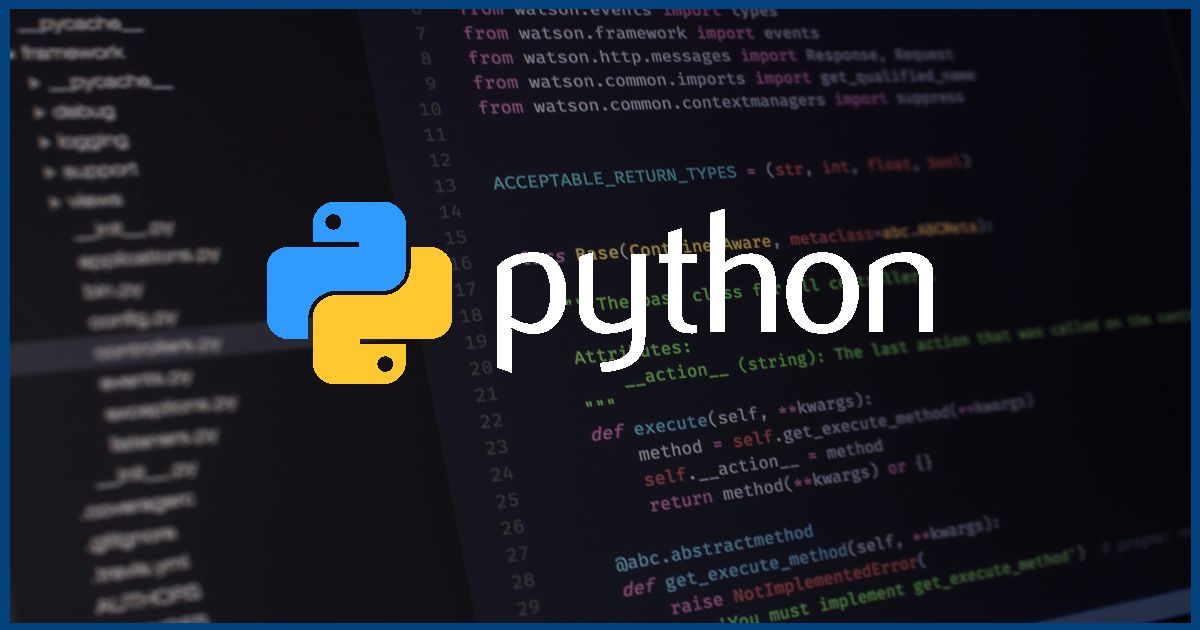Author: Aditya Khandelwal
This blog is a part of “Introductory Lecture Series” conducted by Aditya in 2019
Get Started with Python

Taken from technotification.com
Python is high-level programming language, making coding progranms very easy and intuitive. The availability of a plethora of well-sipported libraries make it one of the most popular programming languages today.
For most Machine learning applications, Python is an essential skill that needs to be mastered before learning to develop any ML applications. This blog contains links to 2 separate formats of explanation: a Juppyter Notebook and a video containing a walkthrough of the Jupyter notebook. Feel free to look at whichever format suits you best.
An introduction into Python
This lecture covers the basics of Python. Topics covered are:
- Variables and Datatypes
- Operators
- Collection Data Types(Lists, Strings, Sets, Dictionaries, Tuples)
- The if statement
- For loops
- Nested Loops
- While loops
- continue and break
Jupyter Notebook: An Introduction into Python
Video: Python : The Basics Part 1
Functions and Objects in Python
This lecture covers functions and objects in Python. Topics covered are:
- Functions
- Classes and Objects
- Membership and Identity Operator
- range(), zip(), enumerate(), len()
- String Functions
- List Functions
- Dictionary Functions
Jupyter Notebook: Functions and Objects in Python
Video: Python : The Basics Part 2 (Functions and Objects)
That’s all for learning about the basics of Python! Do remember to practice the skills you learnt here, so as to gain mastery over them. This blog is Part 1 of a 2 part series. Part 2 covers a theotetical intorduction to Machine Learning and Artificial Intelligence, learning the basics of important ML libraries in Python (NumPy, Pandas and ScikitLearn), a code walkthrough of an ML problem using ScikitLearn, and an implementation of Linear Regression from scratch. In the next post, we will look at learning the basics of Machine Learning. Find it here